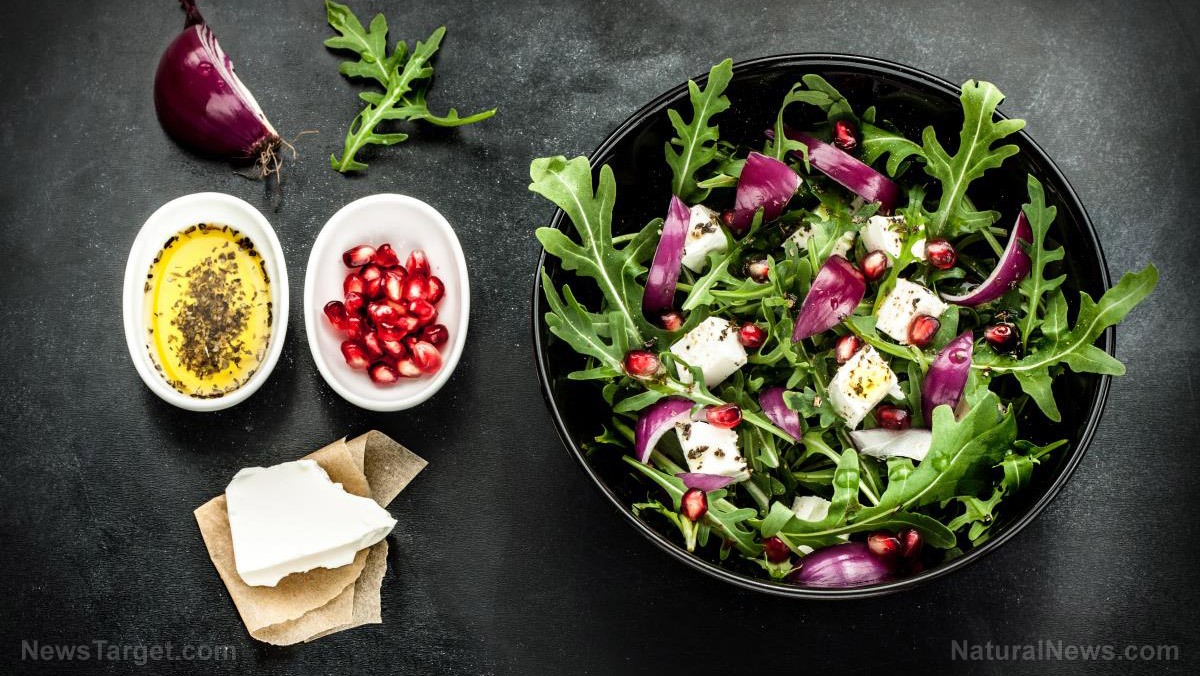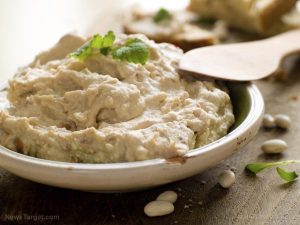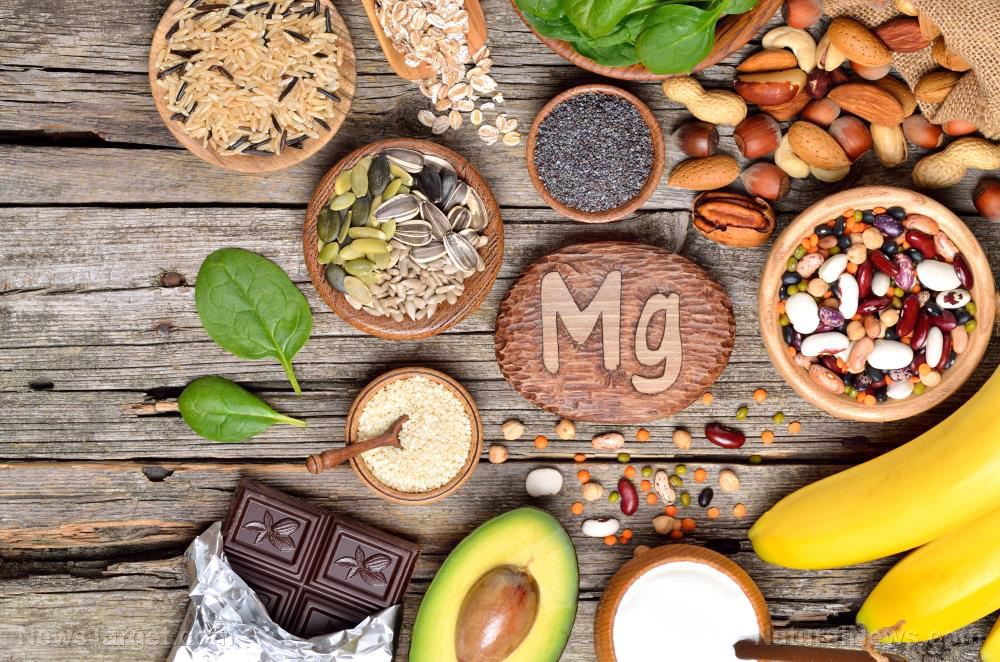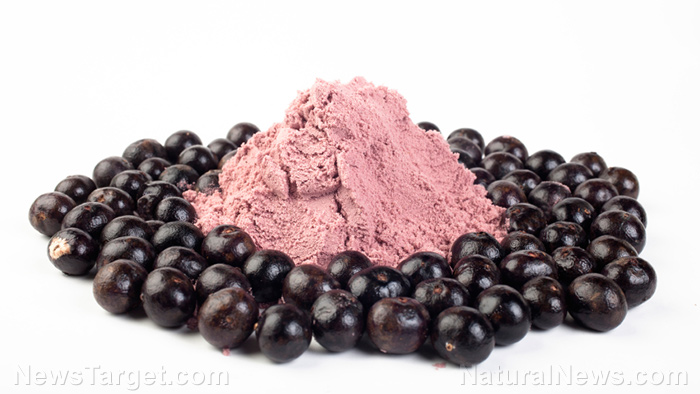 Parler
Parler Gab
Gab
From berry to spice
Sumac is a spice that's often used in the Middle East. While there are over 200 different species of sumac, Syrian sumac (Rhus coriaria) is the variety often cultivated for culinary and medicinal use. This plant has large, dense clusters of bright red, pea-sized fruit called sumac berries. Fresh sumac berries can be steeped to make tea, but the berries are usually dried and turned into a powder that's used as an herbal supplement or culinary seasoning. Don't confuse the sumac spice with poison sumac (Toxicodendron vernix). While the latter is related to the spice, it produces white-colored fruit and can cause allergic reactions similar to those from poison ivy or poison oak. Poison sumac can cause inflamed, itchy hives on your skin. Never ingest poison sumac. When used as a spice, sumac adds a bright splash of red to your dish. The spice is sweet and a bit tart, like lemon juice. Sumac also smells like lemon and it helps bring out the natural flavors of the foods you cook it with. Sumac has a diverse flavor profile and it blends well with other spices like allspice, chili, cumin and thyme. It's often used to make a spice blend called za'atar.
Sumac, an antioxidant-rich spice
In traditional medicine, sumac is used as a diuretic and antiflatulent. In North America, indigenous peoples and early pioneers used sumac to treat different ailments like coughs, sore throats, stomachaches and wounds. In a 2014 study, researchers discovered that sumac can be used to effectively treat patients with Type 2 diabetes. Using the spice helped lower their blood sugar levels. While the full nutrient profile of sumac remains largely unknown, data suggests that it contains many beneficial nutrients like fiber, healthy fats and some essential vitamins. According to a 2014 analysis, nutritionally dried sumac contains approximately 71 percent carbs, 19 percent fat, and five percent protein. The majority of the fat in sumac comes from two types of fat: Oleic acid and linoleic acid. Oleic acid is a type of monounsaturated fat that can help boost your heart health. It is also the primary fat found in other common plant-based foods like avocados and olives. Linoleic acid is a type of essential polyunsaturated fat that has a role in keeping your skin and cellular membranes healthy. Additionally, sumac contains trace amounts of essential nutrients like vitamins B1, B2, B6 and C. Experts believe that the antioxidant compounds in sumac are responsible for its "broad therapeutic potential." Sumac contains many chemical compounds with potent antioxidant activity like anthocyanins, flavonoids and tannins. These antioxidants help prevent cell damage and reduce oxidative stress in your body. Data also suggests that antioxidants in sumac can help reduce inflammation, which in turn helps lower your risk of developing inflammatory illnesses like cancer and heart disease.Cooking with sumac
Ground sumac can be used as-is. The spice is versatile and it can be used as:- An ingredient for a meat rub.
- As a topping for salads, fish, chicken and eggs.
- Seasoning for homemade hummus.
- Used as a flavoring in vegetable dishes like eggplant.
- Sumac pairs well with duck and lamb because it cuts through the fattiness of meat.

Recipes using sumac
Here are two ways to use sumac, from making a spice blend called za'atar, to making garlicky chicken wings. Za'atar with sumac Za'atar spice is a flavorful Middle Eastern spice blend used in different dishes like curry. Ingredients may vary depending on the region. This spice combines savory dried herbs like oregano, marjoram, or thyme and toasted earthy spices like cumin and coriander with salt, sesame seeds and sumac. You can add za'atar spice to hummus or baba ganoush. The spice blend can also be sprinkled over fresh pita bread drizzled with olive oil before toasting it in the oven. Ingredients for 1/2 cup of za'atar:- 1 tablespoon of coriander
- 1 tablespoon of cumin
- 1 tablespoon of dried thyme, crushed (You can substitute oregano.)
- 1 tablespoon of sumac
- 1 tablespoon of toasted sesame seeds
- 1/2 teaspoon of kosher salt
- 1/4 teaspoon or more of Aleppo chili flakes (Optional.)
- Mix all the ingredients in a small bowl. Store the spice blend in an airtight container.
- For the most flavor, toast the whole cumin seeds and coriander seeds until fragrant, then grind. If you don’t have whole seeds, use ground spices instead.
- 16-20 chicken wings (2 1/2 pounds total)
- 3-4 tablespoons of olive oil
- 4-6 cloves of garlic, crushed
- 1 tablespoon of sumac
- Juice of 1 lemon (3 to 4 tablespoons)
- Sea salt
- In a small bowl, combine the olive oil, lemon juice, garlic and sumac to make the marinade.
- Place the chicken wings in a shallow dish and coat each one with the marinade. Cover the chicken and refrigerate for two hours. Preheat the grill to medium-high.
- Place the chicken wings in a single layer over direct heat and grill. Baste the chicken occasionally with the marinade until the wings are completely cooked for about eight to 10 minutes per side. If you don't have a grill, bake the chicken wings at 400 F (200 C) for 30 to 40 minutes. If the wings are exceptionally meaty, keep them on the grill for a bit longer to make sure each one is cooked through.
- Sprinkle the chicken wings with salt and serve hot.
Supplementing with vitamin D found to improve blood pressure in overweight children
By Zoey Sky // Share
Common signs and symptoms of magnesium deficiency
By Olivia Cook // Share
Food supply 101: How to grow edible mushrooms in your home garden
By Zoey Sky // Share
Qatari study finds natural immunity is 97% EFFECTIVE against severe COVID even after 14 months
By Ramon Tomey // Share
Polyphenols in acai found to have a prebiotic effect that boosts digestive health
By Zoey Sky // Share
Home gardening tips: How to grow and harvest radishes
By Zoey Sky // Share





